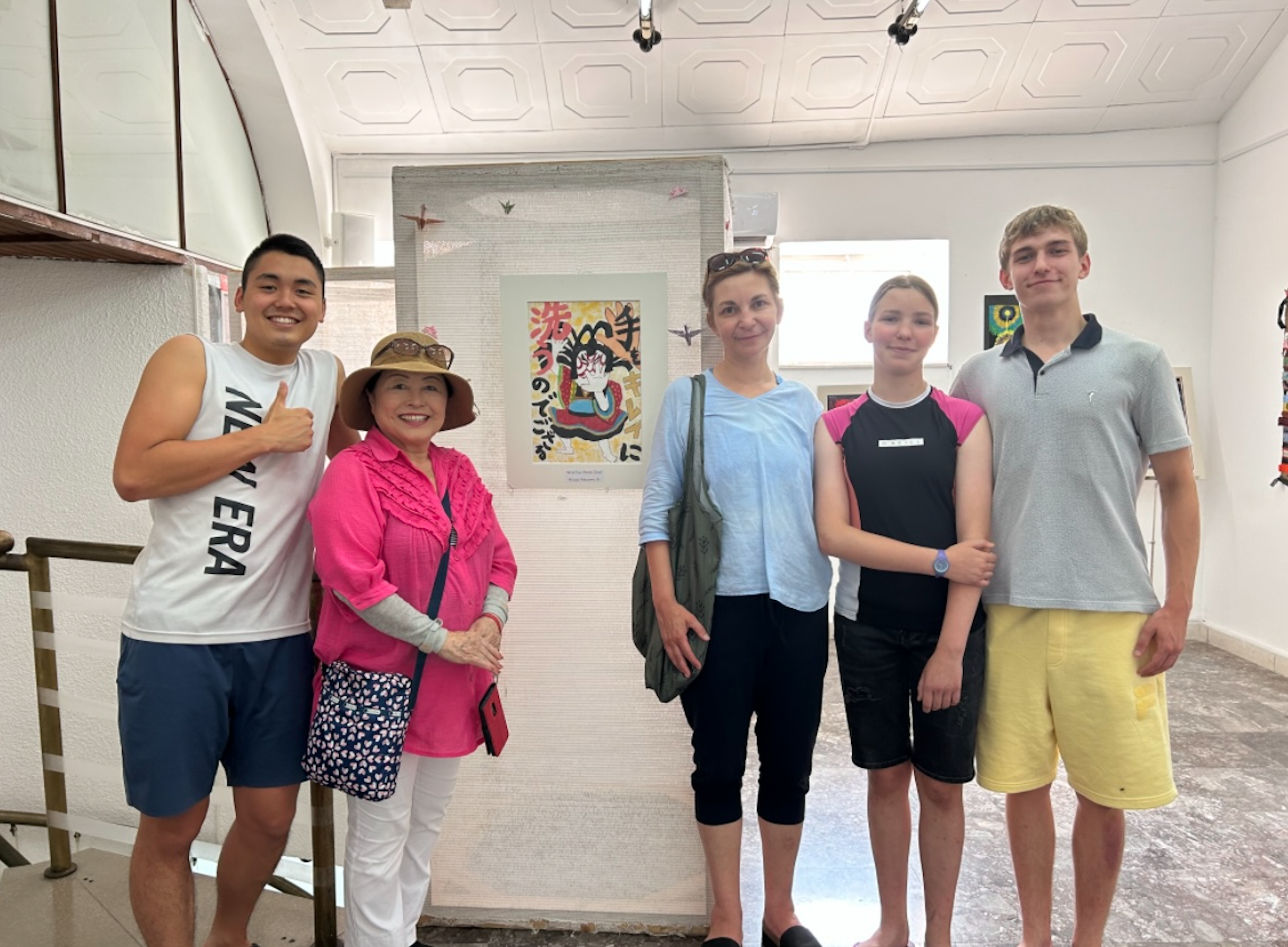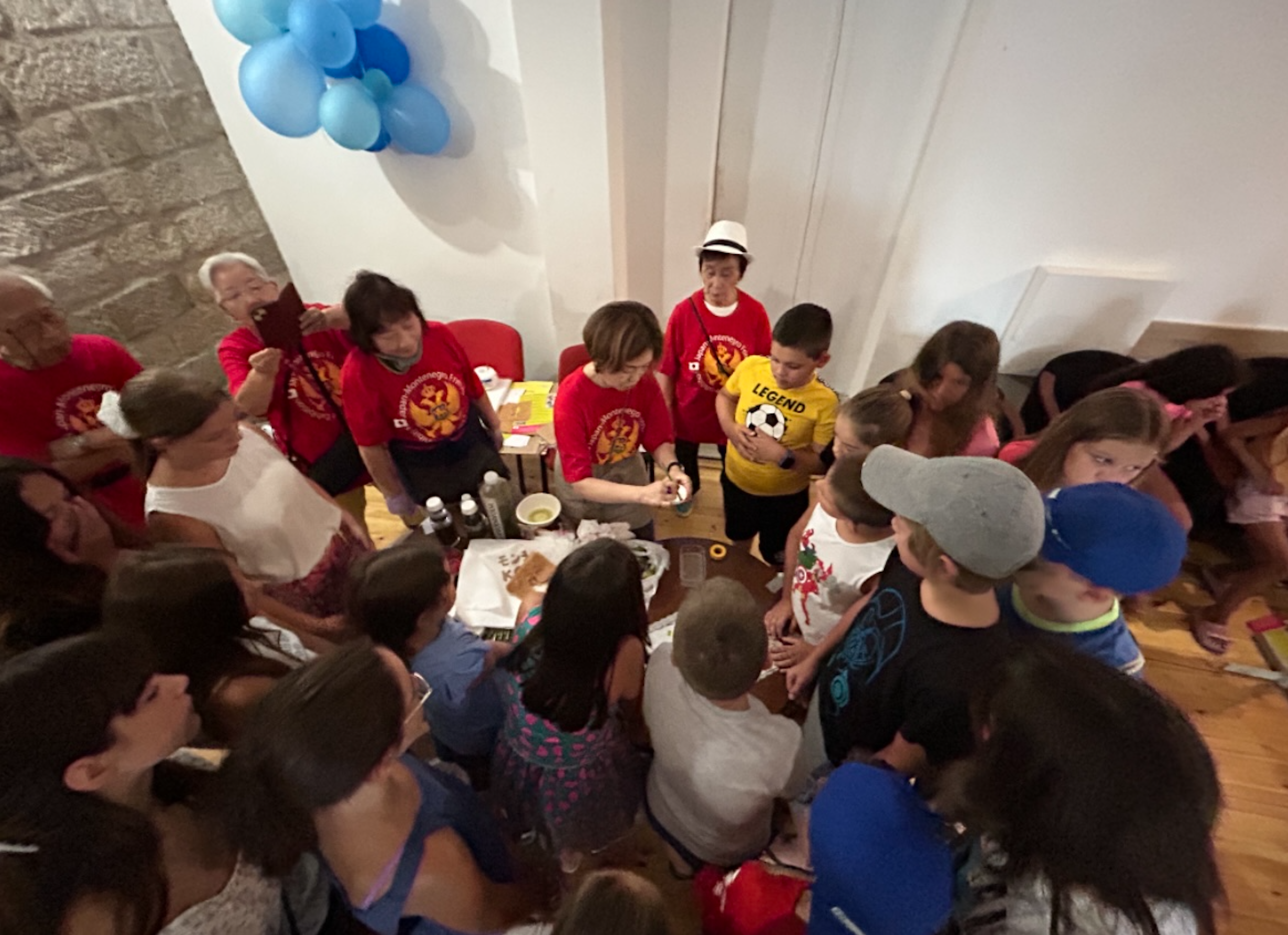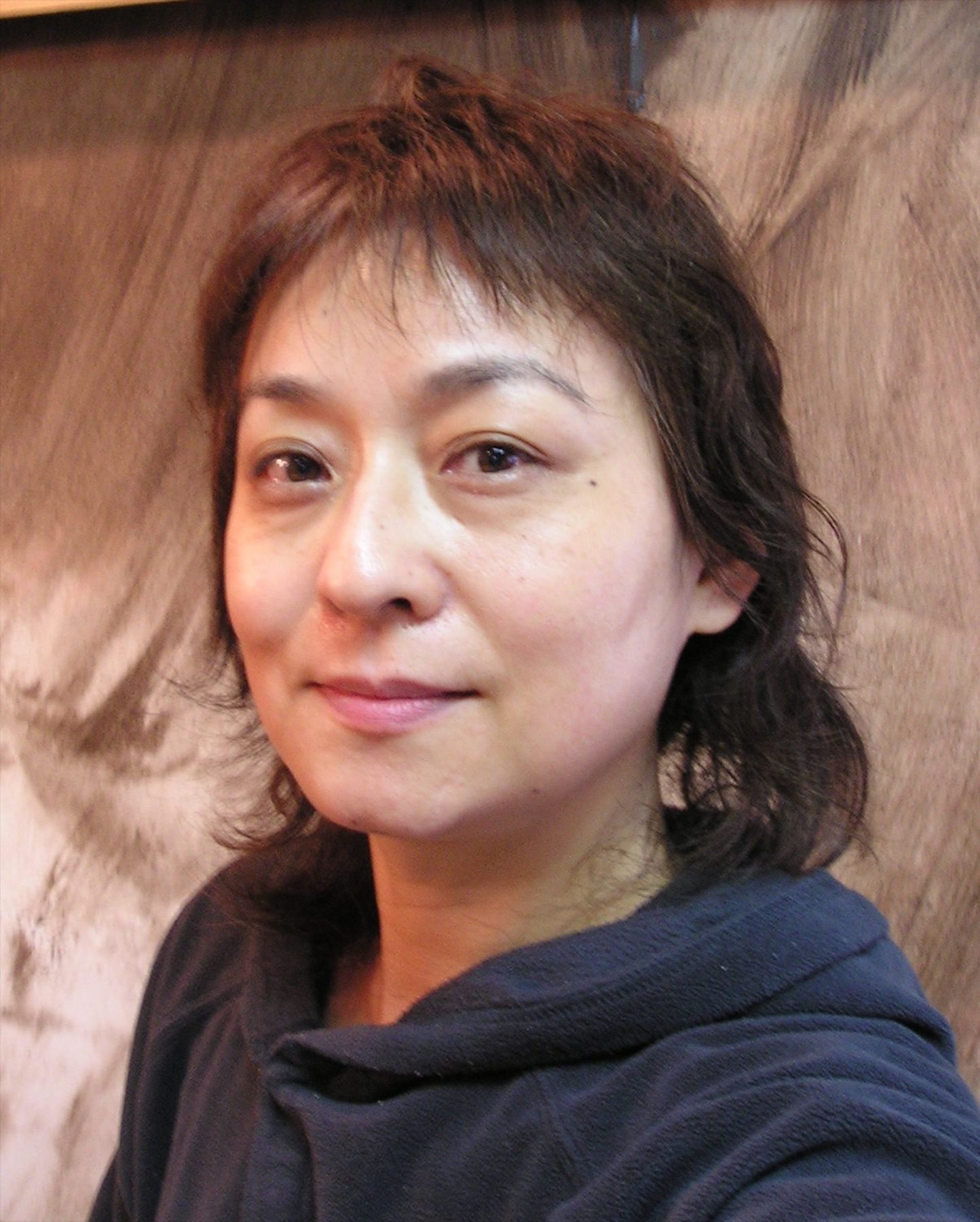Column
ColumnMontenegro International Art Exchange Exhibition: A Journey of Remembrance – with BARRIERLESS HEART
The Japan-Montenegro Art and Culture Exchange Exhibition was held at the Kotor Cultural Center in the World Heritage city of Kotor, Montenegro. The exhibition was held for nine days from 23 to 31 July, 2023.
Background and History
Modern Montenegro was annexed by Yugoslavia in 1918 and gained independence in 2006 after 88 years. Montenegro is a new country. However, Montenegro’s relationship with Japan is long-standing. In the Meiji period (1868-1912), Emperor Meiji sent Arita-yaki porcelain to the royal capital of Zitini, and many Arita-yaki porcelain pieces from the Edo period are still on display in the museum.
In June 1979, when His Majesty the Emperor was Crown Prince, he and his wife visited Kotor, Montenegro, and enjoyed a dance performance in their national costume, thereby deepening exchange with Japan.
In the eastern part of Montenegro, in the municipality of Andrijevica, there is a village called JAPAN (pronounced Yapan), and after the Great East Japan Earthquake of 11 March, 2011, the pensioners of this village donated 10,000 euros in response to the difficulties Japan was going through.
In return, we donated a yoko-zakura cherry tree with the support of the Tokyo Club in 2016. Many people in Montenegro are pro-Japanese and have a great interest in and fondness for Japan.
After watching a TV broadcast of the cherry tree planting and learning about the scenic beauty of Montenegro, Hiroshi Inoue, the chairman of this project, decided that he would like to hold an art exchange exhibition in Montenegro to help further develop the friendship between the two countries. He consulted with the Honorary Consulate of Montenegro in Japan, and with the support of Ms. Kieko Oku, who was the chief assistant at the time, this exchange exhibition became a reality.
In the past, a “Concert by a Japanese Chamber Orchestra” was held in 2018, and in 2019, a “Heartfelt Kabuki Music Concert” and a Japanese Rakugo performance were held, but this was the first time an international exchange exhibition of art was attempted. For this project, we invited mid-career artists from Montenegro, together with leading painters and contemporary artists of Japanese art and the artists from the Barrierless Heart group, who are highly acclaimed and active in exhibitions despite their physical handicaps.
A wide range of contemporary art from Japan. Introducing art in two-dimensional, three-dimensional, objet d’art, textiles, etc., and deepening mutual understanding and exchange between Japanese and Montenegrin cultures together with Montenegrin contemporary art is the beginning of a new beginning for Japan and Montenegro. It is very significant.
We would like to take this opportunity to express our sincere gratitude to the Friends of the United Nations Asia-Pacific for their support of this exhibition, the Embassy of the Republic of Serbia, the Embassy of Japan in Serbia, which concurrently serves as the Embassy of Japan in Montenegro, the Tokyo Club, and the Kotoru Cultural Center for their support of this project.
We would like to introduce the background of the use of the Kotor Cultural Center. Mr. Ranko Perovic, coach of the Montenegrin water polo team, and his wife Snenaja, who coached the Japanese water polo team. They are also educators, and with their support and help, we have been able to use the Kotor Cultural Center within the city walls of Kotor. We would also like to express our deepest gratitude to the local director, Ms. Marija Vujović, who gave us all kinds of assistance.

Japan-Montenegro Art and Culture Exchange Exhibition and Memorable Days
After arriving early in the morning on 23 July, work began on the exhibition, and the venue opened at 2:00 p.m.
The exhibition was held on the first and second floors of the Kotor Cultural Center, and we tried to create a mixture of Japanese, Barrierless Heart, and Montenegrin artists. The result was a well-balanced and satisfying exhibition that was easy to view. Japanese and Montenegrin contemporary artists shared certain elements in common, perhaps reflecting a time of global unrest, and many of the works tended to express either the individual artist’s or the human being’s inner world. It is surprising to see such a common world emerging between people so far removed from each other. Standing out from the rather heavy hues were the artists of Barrierless Hearts. Many of them have an honest look at the outside world, and their impressions are expressed in rich colors.
The presence of a wide variety of colors gave the entire exhibition space a great depth and richness.
We tend to view the world from the viewpoint of healthy people as a matter of course. However, if we look at the exhibition with a clear imagination, we can recall how the daily life of a person with a handicap is a daily life of living with difficulties, while the daily life of an able-bodied person is unconscious. In fact, my husband is visually impaired, having lost his sight due to a congenital disease. However, he remembers space so well that he forgets that he is visually impaired when he is at home during our days together.
We must not forget that this is the result of a single effort. We have had the opportunity to exhibit the artists of Barrierless Heart together, and once again, through their work, we have learned of their resilience and strength to live. If international exchange is considered a two-dimensional exchange, the exchange with Barrierless Heart is truly a three-dimensional exchange.
I hope that many more attempts like this will be made in the future. I sincerely hope that this will expand our horizons.
The overall balance of the work consisted of 10 Japanese contemporary artists, 6 artists of barrier-less art, and 5 Montenegrin contemporary artists.

Prospects after returning to Japan
Yoko Inoue, another vice president of this project, told us that after the exhibition was over, there were plans to hold a debriefing exhibition at a gallery in Ginza, Japan. I felt reassured that she was one of those who shared my sentiments. The attempt of such an exhibition may be a small light, but I sincerely hope that it will grow.








